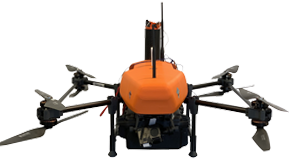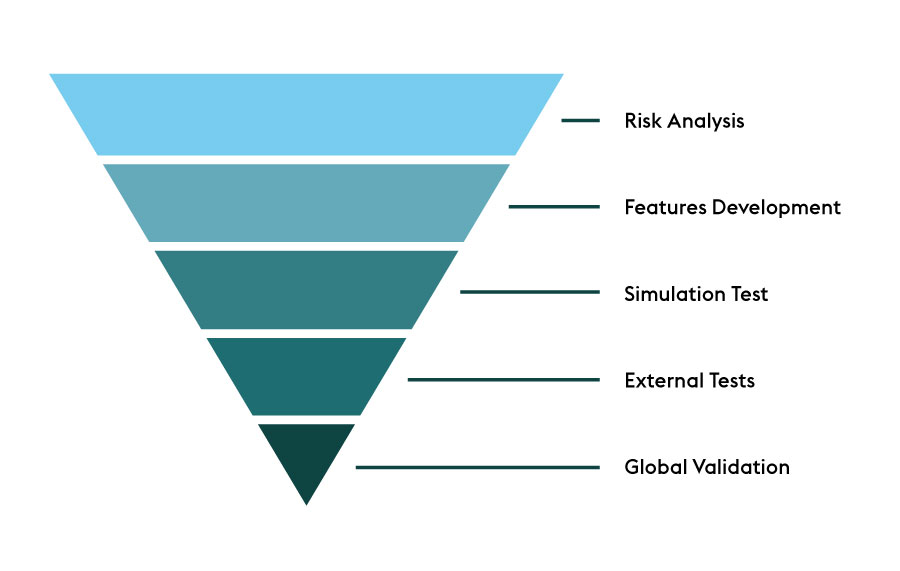Review of localization strategies for drone indoor navigation.
Squadrone System is a company that designs indoor and outdoor automated UAV solutions for industry. With its multidisciplinary team of aeronautical engineers, test pilots and technicians, the company has developed dozens of drones for various business applications in complex environments. Indoor applications are at the heart of the Grenoble SME’s strategy, which today publishes a white paper on localization strategies for indoor drone navigation.
Significant potential for indoor drones use cases
The potential of indoor drones is very important for applications within large industrial sites, hangars, warehouses, production lines. These subjects are closely studied by the aeronautics, pharmaceutical and manufacturing industries and more cases of economically proven uses are known each week. Drone are used to see, feel, transform or move objects indoors (see the article “Application areas for drones in manufacturing“).
Whatever the mission entrusted to the drone, it must know how to locate itself, navigate and not impact the safety of operators or the public who might pass nearby. Localization and navigation will therefore have to be accurate and reliable in increasingly complex and critical environments.
What location and navigation strategies should be adopted for the indoor drone?
Pierre Avanzini, Research Engineer and Sébastien Varrier, CTO at Squadrone System propose a review of location and navigation strategies for the indoor drone. In this white paper they discuss the different structures and uses cases of the indoor drone. This allows manufacturers or technical teams trying to have drones carry out interior missions to characterize the type of environment in which they operate. Examples include “Corridor”, “Manhattan” or even more complex environments.
The two engineers also review the different technologies that have been and are being used in Squadrone System research and development projects. Among these we can mention the UWB (ultra wide band), the same technology that discreetly joined the latest iPhone 2019 allowing “perception in space”. We will also find the LIDAR and SONAR but not yet the vision technologies which will be the subject of a special report.
Download our white paper on indoor drone localization
Or copy and paste this link into your browser:
https://squadrone-system.com/download/white-paper-review-of-localization-strategies-for-drone-indoor-navigation/
For any further information, please contact to us at the following address: contact@squadrone-system.com
Newsletter
Don’t miss our news !
Our solutions

CLOVER
Autonomous Indoor Drone
Data capture,
inspection and monitoring
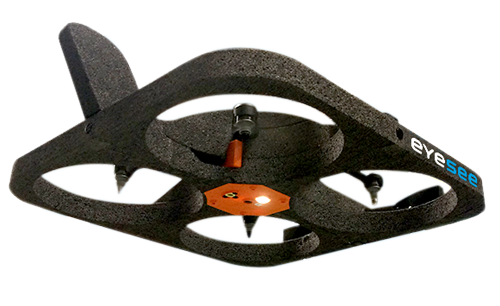
EYESEE
Autonomous inventory drone
Indoor inventory
by barcode reading
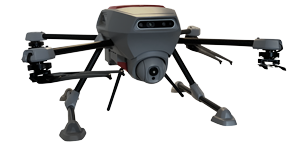
APACH
Drone with adaptable payload
Control, inspection, day and night
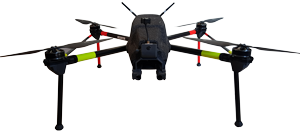
CROW
Fast and reactive drone
Aerial action with
adaptable payload
